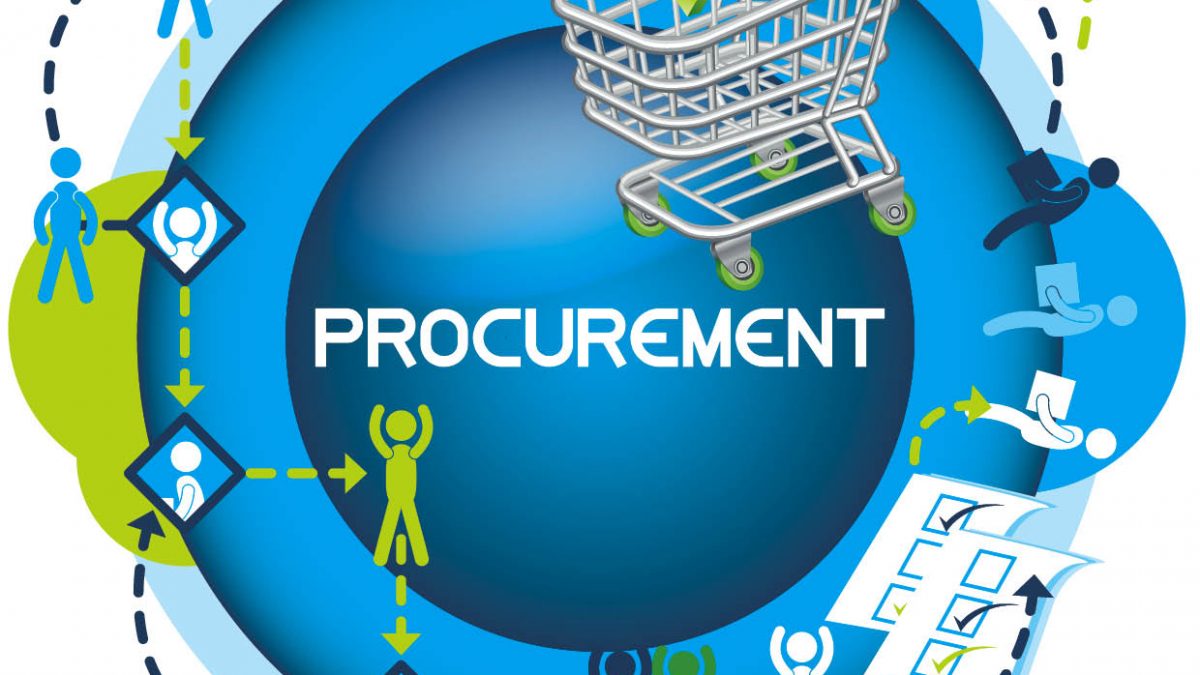For MSMEs, minimising material procurement costs is crucial to minimising production costs. Unlike large corporate entities, MSMEs do not have an overabundance of capital, so raw materials and MRO needs have to be sourced at the lowest possible prices. However, it is equally essential to ensure that productivity and output do not suffer as a result of cost-cutting.
In order to find the right balance, it’s important to know where and how you can cut procurement costs. A clear Spend Analysis will help map your spends in the procurement process and identify where you can reduce the cash bleed. Organisations that use spend analysis mechanisms have been found to perform more cost-effectively and productively.
Using data tools that can identify and predict demand is also a great way to ensure that the company does not overspend on procurement and end up with excess inventory. Defining requirements and tailoring your spends accordingly is one of the key ways by which you can cut down on procurement without compromising on productivity. High procurement costs are often the results of fragmented or unplanned buying practices; mapping demand will help plan procurement spending and prevent any last-minute (usually expensive) purchases.
Investing in automated supply chain tools will significantly help in mapping procurement needs and spends as a matter of process. This is a way to keep procurement spending low in the long run as well, as the savings made on procurement costs will outweigh the incremental cost of investing in a supply chain management tool or service.
Another factor is supplier management. Collaborative relationships with suppliers include working with suppliers to keep costs low on both sides. Fostering a relationship of this kind allows you to maintain a continuous feedback mechanism with your supplier/s regarding demand, delivery timelines and other details of your company’s unique requirements. Alternatively, if the supplier is considered ‘high-price’ by the general market, you can switch to another cheaper supplier that will suit your needs and price points.
E-procurement is one of the best ways to keep procurement costs low for MSMEs. Online procurement helps in maximising savings as there are no middlemen involved. Materials are purchased directly from the source and are thus usually more fairly priced. Buying raw material or MRO goods online also allows for digital payment methods, which leaves less chance for fraud or unexpected/overhead expenses as the transaction details are recorded.
The cost of buying, in terms of both time and money, is significantly reduced for MSMEs, while profit margins and scope of growth increase. Thus, e-procurement is one of the most important ways by which MSMEs can reduce procurement costs without lowering productivity.
Reducing procurement costs necessarily involves examining the entire supply chain and identifying the inefficiencies. Procurement cannot be looked at in isolation. It is part and parcel of a larger supply chain that needs to be managed better to reduce costs and increase productivity.


